Text
What is the shortest time to do the Everest Base Camp trek?
The duration of the Everest Base Camp trek can vary based on the route taken, individual fitness levels, and acclimatization needs. Generally, the trek takes about 12 to 14 days to complete, allowing for acclimatization and a gradual ascent to minimize the risk of altitude sickness.
In some cases, highly experienced and acclimatized trekkers may complete the trek in a shorter time, such as 07 to 09 days. However, it's crucial to prioritize safety and acclimatization to avoid altitude-related health issues. Trekking too quickly can increase the risk of altitude sickness, which can be life-threatening.
It's essential to follow recommended itineraries, allowing time for acclimatization and enjoying the breathtaking scenery along the way. Always check with experienced guides and adhere to their advice for a safe and enjoyable trekking experience in the Everest region.
#everesttrekkingpackages#shorttrektoeverestbasecamp#travel#tourism#nature#holiday#tour#holidayfun#hiking#lifehimalayatrekking
1 note
·
View note
Text
Everest Base Camp Trek with Helicopter Return
The Everest Base Camp Trek with Helicopter Return is a popular and luxurious alternative to the traditional trekking experience to reach Everest Base Camp in Nepal. This trek allows you to enjoy the breathtaking landscapes of the Everest region while also providing the convenience of a helicopter ride back to Kathmandu. Here's an overview of what you can expect:
Day 1-2: Kathmandu Arrival and Preparation: Arrive in Kathmandu and spend a day or two on trek preparation. Acquire necessary permits, and gear, and meet with your guide.
Day 3: Fly to Lukla and Trek to Phakding: Take a scenic flight to Lukla, the gateway to the Everest region.Trek to Phakding, a small village along the Dudh Koshi River.
Day 4: Trek to Namche Bazaar: Trek through beautiful forests and cross suspension bridges. Arrive at Namche Bazaar, a bustling Sherpa town with stunning mountain views.
Day 5: Acclimatization Day in Namche Bazaar: Spend a day acclimatizing and exploring the town.Optional short hikes to nearby viewpoints.
Day 6: Trek to Tengboche: Continue the trek with scenic views of Everest, Lhotse, and Ama Dablam. Visit Tengboche Monastery, one of the highest monasteries in the world.
Day 7: Trek to Dingboche: Trek through rhododendron forests and yak pastures. Reach Dingboche, a village with stunning views of the surrounding peaks.
Day 8: Acclimatization Day in Dingboche: Another acclimatization day with optional hikes to higher elevations.
Day 9: Trek to Lobuche: Trek to Lobuche, passing through the memorials for climbers who lost their lives on Everest.
Day 10: Trek to Everest Base Camp: Reach Everest Base Camp, a significant achievement with panoramic mountain views. Spend some time exploring and taking pictures.
Day 11: Helicopter Return to Kathmandu: Take a helicopter ride back to Kathmandu from Everest Base Camp. Enjoy stunning aerial views of the Himalayas during the return journey.
Day 12: Rest Day in Kathmandu: Rest and relax in Kathmandu. Explore the city and its cultural and historical sites.
Day 13: Departure: Depart from Kathmandu.
This itinerary is just a guideline, and actual trekking days may vary based on weather conditions, individual acclimatization, and other factors. It's crucial to choose a reputable trekking agency that ensures your safety and provides experienced guides and proper acclimatization.
#hiking#holiday#travel#nature#tourism#tour#shorttrektoeverestbasecamp#holidayfun#everesttrekkingpackages#lifehimalayatrekking#photography#photooftheday#photographer#photoshop#photoshoot#city#picture
0 notes
Text
Manaslu Short Trek 10 Days
The Manaslu Short Trek itinerary you've provided spans over 10 days and offers a wonderful journey through the Manaslu region. Here's a breakdown of each day:
Day 01: Kathmandu to Machhikhola
Distance: N/A
Altitude: Kathmandu (1400m) to Machhikhola (869m)
Mode of Transportation: 4x4 Jeep
Duration: 7 to 9 hours
Day 02: Machhikhola to Jagat
Distance: N/A
Altitude: Machhikhola (869m) to Jagat (1430m)
Duration: 6-7 hours
Day 03: Jagat to Deng
Distance: N/A
Altitude: Jagat (1430m) to Deng (1860m)
Duration: 8-9 hours
Day 04: Deng to Lho
Distance: N/A
Altitude: Deng (1860m) to Lho (3180m)
Duration: 7-8 hours
Day 05: Lho to Samagaun (Optional Side trek to Punggyen Gompa)
Distance: N/A
Altitude: Lho (3180m) to Samagaun (3530m)
Optional: Side trek to Punggyen Gompa
Duration: 8-9 hours
Day 06: Samgaun to Samdo
Distance: N/A
Altitude: Samgaun (3530m) to Samdo (3700m)
Duration: 4 to 5 hours
Day 07: Samdo to Dharamsala
Distance: N/A
Altitude: Samdo (3700m) to Dharamsala (4460m)
Duration: 4 to 5 hours
Day 08: Dharamshala to Larkya la pass, overnight at Bhimtang
Distance: 12km
Altitude: Dharamsala (4460m) to Larkya la pass (5106m) to Bhimtang (3700m)
Duration: 8 to 9 hours
Day 09: Bhimtang to Dharapani
Distance: N/A
Altitude: Bhimtang (3700m) to Dharapani (1920m)
Duration: 6 to 8 hours
Day 10: Dharapani to Beshisahar and to Kathmandu
Distance: N/A
Altitude: Dharapani (1920m) to Beshisahar
Duration: 7 to 9 hours (drive from Beshisahar to Kathmandu)
This trek provides a mix of challenging ascents, scenic landscapes, and cultural experiences. Ensure you have adequate acclimatization and follow safety guidelines for high-altitude trekking. Additionally, the side trek to Punggyen Gompa on Day 05 is optional, but if time and energy permit, it can be a rewarding experience.
0 notes
Text
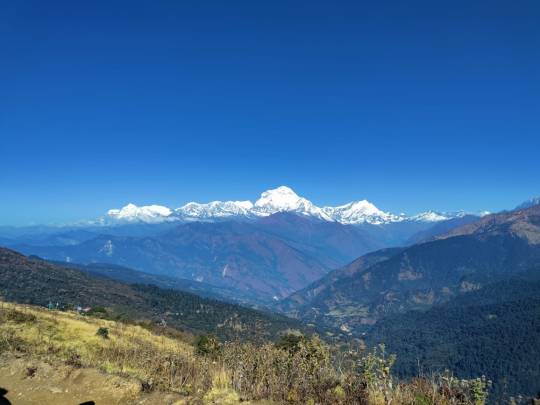



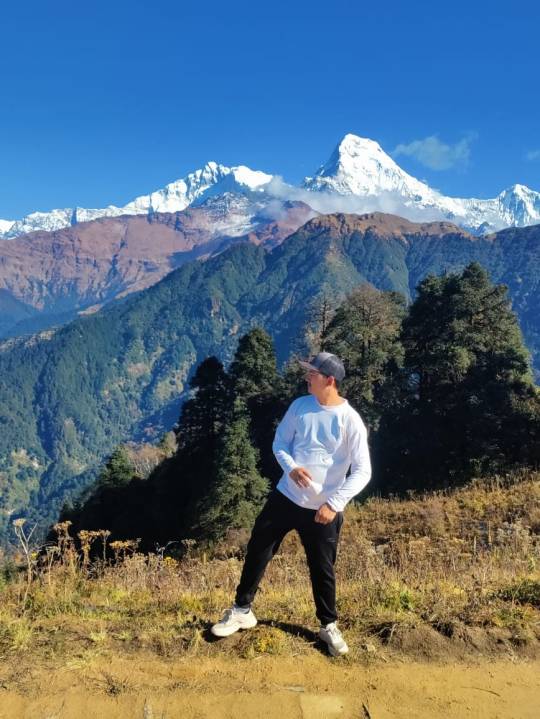
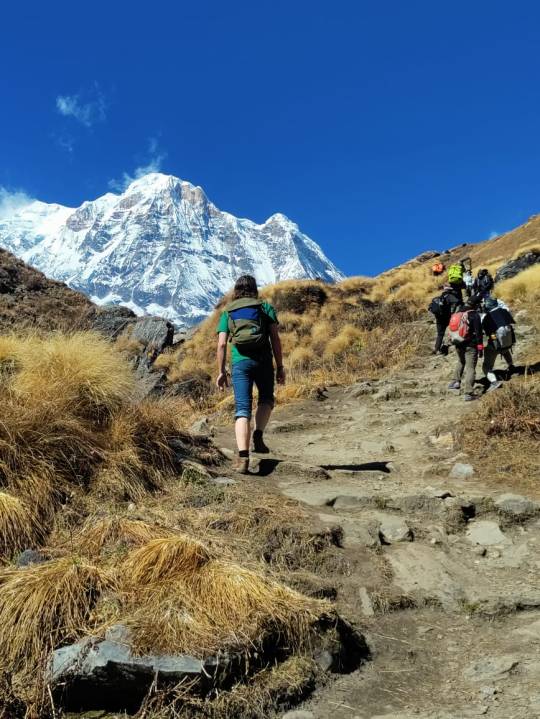
ABC trek’s best time starts from September-November and March-June is the best season. ABC is a moderate trek and doesn’t demand advanced physical fitness levels so anyone (even children) can enjoy and take pleasure in nature walking during this trek.
Anyone can do the Annapurna base camp trek all year round but for the best views, autumn and spring are the best.
trekkers with short holidays time can trek to Annapurna base camp in 05 days and the Annapurna base camp trek with helicopter return is recommended for the bird eye views and flying close to Fishtail holy mountain.
#lifehimalayatrekking#everesttrekkingpackages#shorttrektoeverestbasecamp#holidayfun#travel#holiday#hiking#travelblogger#nature#tourism
1 note
·
View note
Text


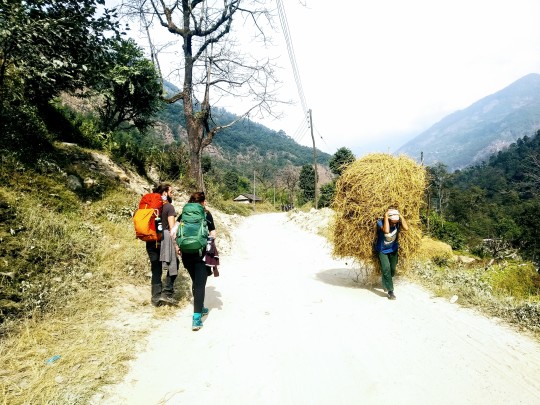
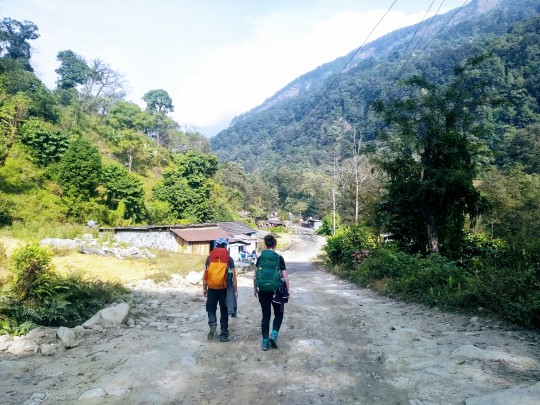
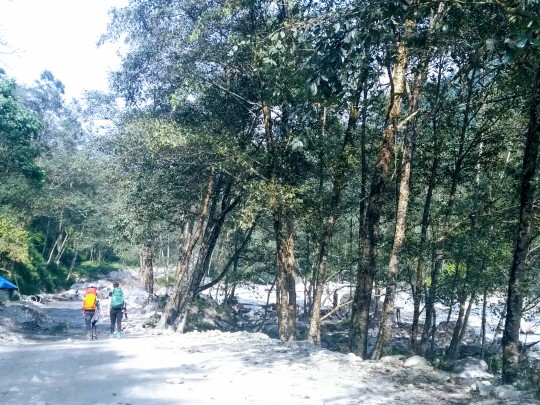
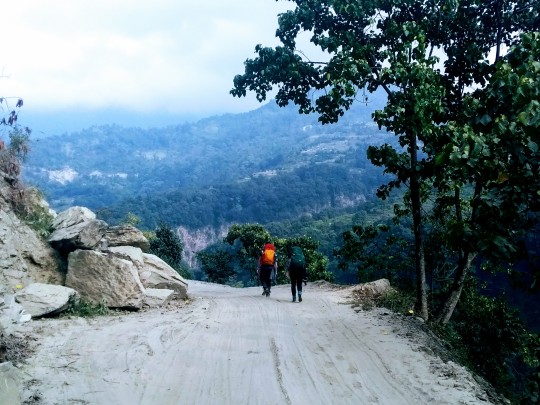


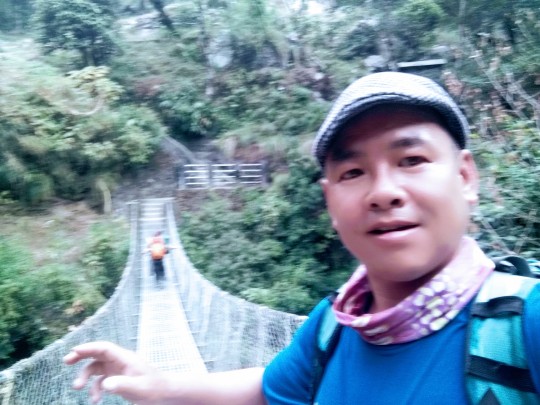

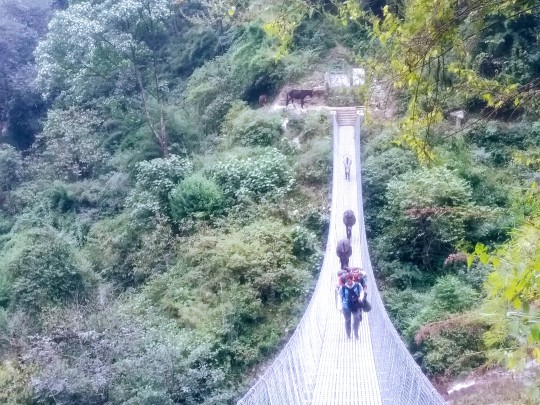
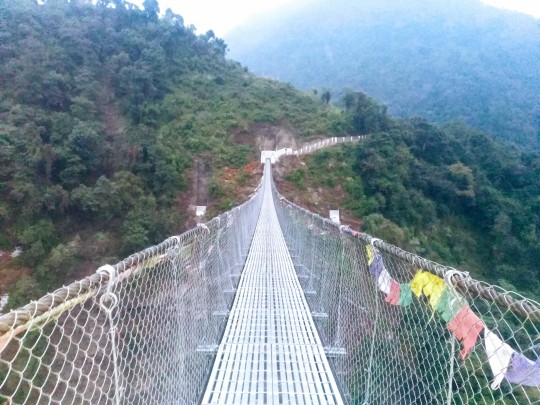
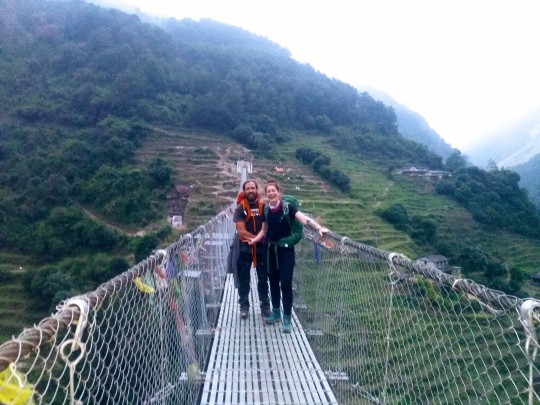


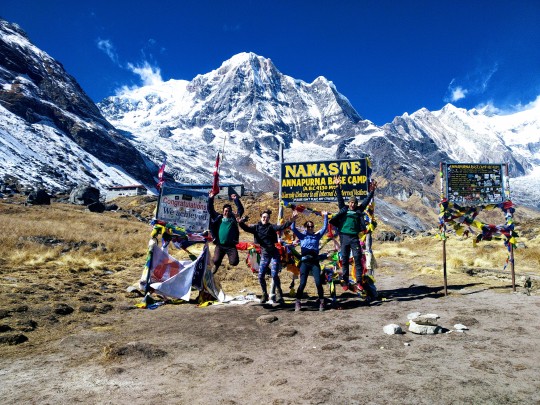

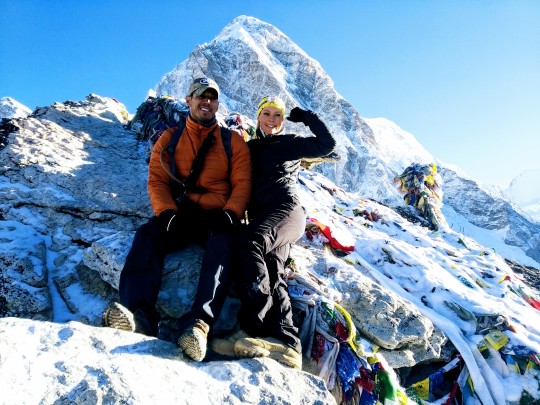


The Annapurna Region Trek is a breathtaking adventure in the Himalayas, offering stunning landscapes, diverse cultures, and challenging trails. Trek through rhododendron forests, picturesque villages, and high-altitude terrain. Marvel at majestic peaks like Annapurna and Machapuchare. Experience the warmth of local hospitality on this iconic trek in Nepal.
#lifehimalayatrekking#everesttrekkingpackages#shorttrektoeverestbasecamp#travel#holiday#hiking#holidayfun#tourism#nature#travelblogger
1 note
·
View note
Text
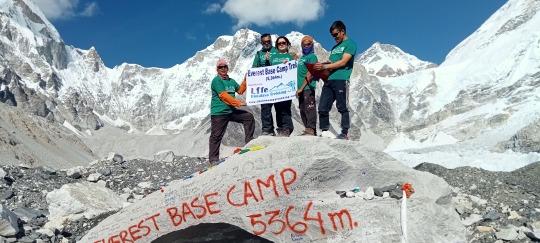

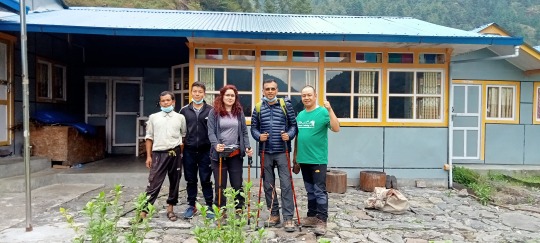








Trekking to Everest Base Camp is a challenging and rewarding adventure that takes you through the breathtaking landscapes of the Himalayas. Here's a comprehensive guide to help you plan for the Everest Base Camp trek: #lifehimalayatrekking #everest #travel #nature #travelphotography #photography #love #photooftheday #instagood #travelgram #picoftheday #instagram #beautiful #photo #wanderlust #naturephotography #adventure #art #travelblogger #instatravel #landscape #like #summer #explore #trip #vacation #follow #traveling
#hiking#holiday#travel#tourism#nature#holidayfun#everesttrekkingpackages#lifehimalayatrekking#shorttrektoeverestbasecamp#travelblogger#blogger#blog#tour#the#travel agants austria#travel company australia#travel videos#toursim world#tour and travel company australia#hikingtrip#himalayatrekking#himalayas
0 notes
Text
Guide for the Everest Base Camp trek,
Trekking to Everest Base Camp is a challenging and rewarding adventure that takes you through the breathtaking landscapes of the Himalayas. Here's a comprehensive guide to help you plan for the Everest Base Camp trek:
Preparations and Planning:
Physical Fitness:
Start a fitness routine a few months before the trek, focusing on cardiovascular and leg strength exercises.
Practice hiking with a loaded backpack to get used to the weight.
Permits:
Obtain necessary permits: Sagarmatha National Park Permit and TIMS (Trekkers' Information Management System) card.
Gear and Equipment:
Invest in high-quality trekking gear, including a good pair of trekking boots, layers of clothing, a warm sleeping bag, and a backpack.
Carry essentials like a first aid kit, water purification tablets, and a good quality trekking pole.
Route and Itinerary:
Choosing a Route:
Most trekkers fly to Lukla and start the trek from there. The traditional route includes Namche Bazaar, Tengboche, Dingboche, Lobuche, and finally, Everest Base Camp.
Allow time for acclimatization to avoid altitude sickness.
Itinerary:
Plan a 12 to 14-day itinerary, including acclimatization days.
Key stops: Phakding, Namche Bazaar, Tengboche, Dingboche, Lobuche, Gorak Shep, and Everest Base Camp.
Accommodation and Food:
Teahouse Accommodations:
Teahouses are basic mountain lodges along the route. Book in advance during peak trekking seasons.
Expect simple accommodations with shared facilities.
Food and Water:
Carry water purification tablets or a water filter. Avoid single-use plastic bottles.
Teahouses provide meals, with options like dal bhat (rice and lentils), noodles, and soups.
Altitude Considerations:
Acclimatization:
Acclimatize by spending an extra day at higher altitudes.
Stay hydrated, avoid alcohol, and listen to your body.
Symptoms of Altitude Sickness:
Be aware of symptoms like headache, dizziness, nausea, and difficulty breathing. Descend if symptoms persist.
Safety:
Guides and Porters:
Consider hiring a guide and/or porter to make the trek more comfortable.
Guides provide valuable insights and handle logistics.
Insurance:
Obtain travel insurance that covers trekking at high altitudes and emergency evacuations.
Other Tips:
Weather and Seasons:
The best time for the trek is during the pre-monsoon (spring) and post-monsoon (fall) seasons.
Communication:
There's limited connectivity on the trek. Consider a satellite phone for emergencies.
Respect Local Culture:
Respect local customs and traditions. Learn a few basic Nepali phrases.
Leave No Trace:
Follow the principles of "Leave No Trace" to minimize your environmental impact.
Remember that weather conditions, local regulations, and personal fitness can affect your trek, so be flexible and prepared for changes. Always prioritize safety and enjoy the incredible journey to Everest Base Camp!
0 notes
Text
The journey to Everest Base Camp
Introduction:
Nestled in the heart of the towering Himalayas, Mount Everest Base Camp stands as an iconic destination for adventure seekers and nature enthusiasts alike. The journey to this awe-inspiring location is not merely a physical expedition but a profound experience that tests one's limits and offers a unique glimpse into the beauty of the world's highest peak. This narrative recounts the incredible journey to the Everest Base Camp, a trek filled with challenges, breathtaking landscapes, and a profound sense of achievement.
Preparation:
Embarking on a journey to Everest Base Camp requires meticulous planning and physical preparedness. As I geared up for this extraordinary adventure, I underwent a rigorous training regimen, focusing on cardiovascular fitness, strength training, and altitude acclimatization. Additionally, assembling the necessary gear – from sturdy trekking boots to thermal layers and a reliable backpack – was crucial to ensuring a safe and comfortable trek.
Arrival in Kathmandu:
The adventure commenced in the bustling city of Kathmandu, Nepal's capital, where a vibrant blend of culture and history set the stage for the upcoming expedition. After acclimatizing to the local atmosphere and exploring the city's vibrant streets, the journey to the Everest region officially began with a scenic flight to Lukla, a small Himalayan town that serves as the gateway to the trek.
Trekking Through Sherpa Villages:
The trek unfolded through picturesque Sherpa villages, each offering a glimpse into the rich culture and traditions of the resilient mountain people. The warmth and hospitality of the Sherpa community provided a sense of connection to the region, with their traditional dwellings and prayer flags adorning the landscape. As we ascended higher, the air became thinner, and the snow-capped peaks of the Himalayas emerged on the horizon, inspiring a sense of awe and reverence.
The Khumbu Valley:
Navigating the Khumbu Valley, a rugged and challenging terrain, brought both physical and mental hurdles. The trail meandered along the Dudh Koshi River, crossing suspension bridges that swayed precariously over deep ravines. As the altitude increased, acclimatization stops became crucial, allowing our bodies to adapt to the decreasing oxygen levels. Each day brought new challenges, but the camaraderie among fellow trekkers and the breathtaking vistas provided the motivation to persevere.
Reaching Namche Bazaar:
At an elevation of 3,440 meters, Namche Bazaar is a vital acclimatization point and a vibrant trading hub in the region. Surrounded by towering peaks, the town offered a mesmerizing panorama of the Himalayan landscape. Exploring the narrow alleys lined with colorful prayer flags and bustling markets provided a welcome respite before the journey continued to higher altitudes.
Tengboche Monastery:
One of the spiritual highlights of the trek was the visit to Tengboche Monastery, a serene Buddhist sanctuary perched on a ridge with panoramic views of Everest and its neighboring peaks. The rhythmic chants of monks and the peaceful ambiance created a profound sense of spirituality, reinforcing the connection between nature and culture in the Himalayas.
The Final Ascent:
As the trek progressed, the landscape transformed into a surreal snow-covered wilderness. The final ascent to Everest Base Camp demanded resilience and determination, navigating icy paths and enduring frigid temperatures. The sight of the iconic Khumbu Icefall and the massive Khumbu Glacier signaled our approach to the ultimate destination.
Everest Base Camp:
Reaching Everest Base Camp at an elevation of 5,364 meters was a momentous achievement, marked by a mix of exhaustion and elation. Surrounded by the towering peaks of Nuptse, Lhotse, and, of course, Everest itself, a sense of accomplishment and reverence permeated the air. The base camp, a temporary settlement for climbers during the climbing season, offered a unique perspective on the challenges of conquering the world's highest peak.
Conclusion:
The journey to Everest Base Camp is a profound and transformative experience, combining physical endurance with the breathtaking beauty of the Himalayas. It is not merely a trek but a pilgrimage to the roof of the world, where every step brings trekkers closer to the indomitable spirit of the mountains. As I descended from this celestial realm, I carried with me not just memories of stunning landscapes but a newfound appreciation for the strength of the human spirit and the majestic grandeur of Mount Everest.
#hiking#holiday#travel#tourism#nature#travelblogger#shorttrektoeverestbasecamp#lifehimalayatrekking#everesttrekkingpackages#holidayfun#camping
1 note
·
View note
Text
Everest helicopter tour
Lifetime unique Heli tour from Kathmandu to see Mt. Everest
Private EBC Helicopter tour to everyday departure
Heli tour over the world’s highest national park Sagarmatha ( Mt. Everest)
Everest helicopter tour with family, friends, group, or private heli tour
The best time is March to May and September to December
Helicopter landing at famous viewpoint Kalapatthar best and clear views of Mount Everest.
Lifetime journey for all adventure types of travelers to see the Himalayas with a bird’s eye view
EBC Heli tour which lands near the base camp to see ice fall, Everest, and many famous peaks.
#lifehimalayatrekking#holiday#hiking#travel#tourism#nature#shorttrektoeverestbasecamp#holidayfun#travelblogger
0 notes
Text


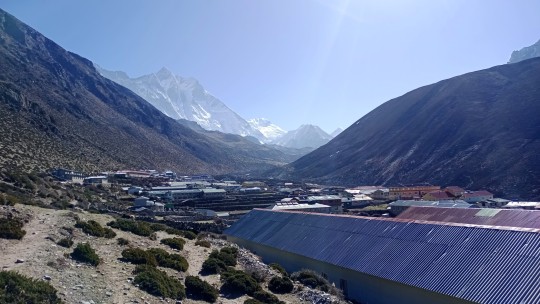
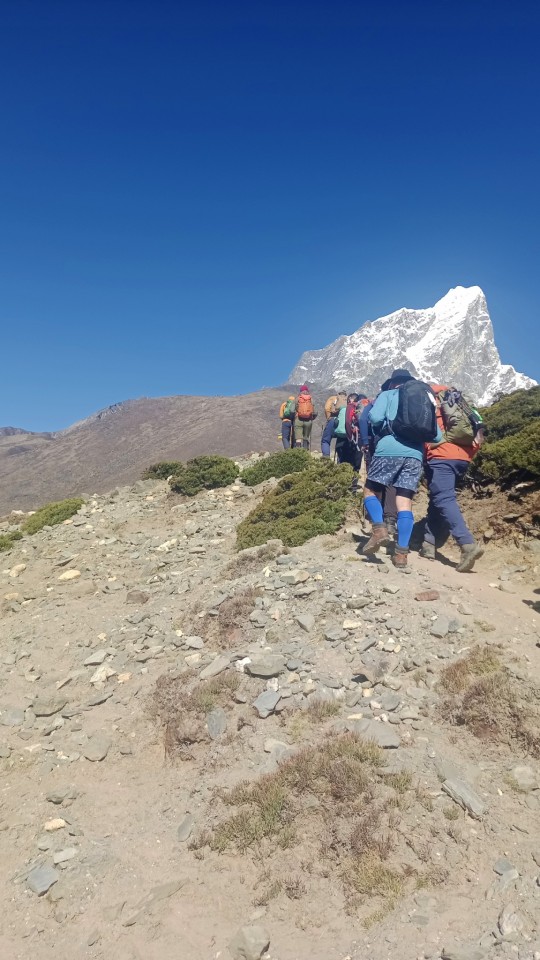

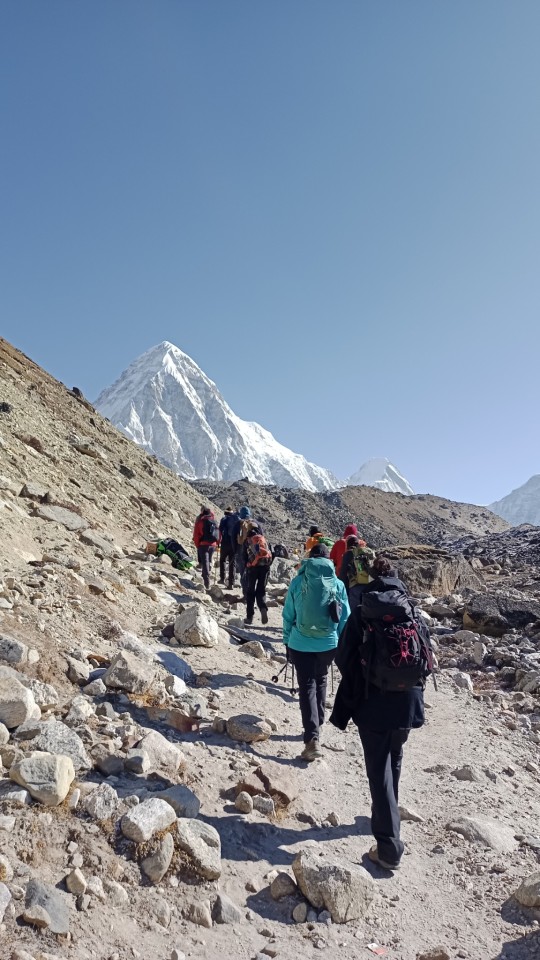



If you're interested in trekking to Everest Base Camp, we can provide you with information, Certainly! Here to assist in planning a safe, enjoyable trek to an iconic destination. Contact us for inquiries and organized adventures. Feel free to contact us at [email protected]
#lifehimalayatrekking#everesttrekkingpackages#shorttrektoeverestbasecamp#holidayfun#holiday#hiking#tourism#travel#travelblogger#nature
1 note
·
View note
Text
1 note
·
View note
Text
0 notes
Text
0 notes
Text
0 notes
Text
0 notes
Text
One of the most famous trekking routes, Everest Base Camp, is truly an amazing adventure you should not miss out on. The short trek to Everest offers you magnificent views of gigantic mountains like Mt. Everest, Lhotse, Nuptse, and Amadablam along with an experience of the Sherpa and Buddhist culture.
For Everest Base Camp trek information and assistance, contact us a thttps://lifehimalayatrekking.com/everest-base-camp-helicopter-trek.html
We're here to make your trek memorable and safe.
#lifehimalayatrekking #himalayatrekking #localcompany #everestbasecamptrek #nepal #namchebazar #himalayas #shorttrektoeverestbasecamp
#everestregion #adventureeverest #mountainlovers #mountains #nature #mountain #localtekkingcompany #hiking #naturephotography #trekking #mountainlife #travelphotography #trek #travelgram #photography #instatravel #instagood #climbing #everestbasecamptrek
#travel agants austria#travel#toursim world#travlling#hiking#lifehimalayatrekking#nature#everesttrekkingpackages#photography#tour and travel company australia#tourist#holiday#travelblogger#tourism#the eras tour#destination#vacations#tournament poll#trolls world tour#holidayfun#shorttrektoeverestbasecamp#himalayatour
0 notes
Text
One of the most famous trekking routes, Everest Base Camp, is truly an amazing adventure you should not miss out on. The short trek to Everest offers you magnificent views of gigantic mountains like Mt. Everest, Lhotse, Nuptse, and Amadablam along with an experience of the Sherpa and Buddhist culture.
For Everest Base Camp trek information and assistance, contact us a thttps://lifehimalayatrekking.com/everest-base-camp-helicopter-trek.html
We're here to make your trek memorable and safe.
#lifehimalayatrekking #himalayatrekking #localcompany #everestbasecamptrek #nepal #namchebazar #himalayas #shorttrektoeverestbasecamp
#everestregion #adventureeverest #mountains #nature #mountain #localtekkingcompany #hiking #naturephotography #trekking #mountainlife #travelphotography #trek #travelgram #photography #instatravel #instagood #climbing #everestbasecamptreks
0 notes